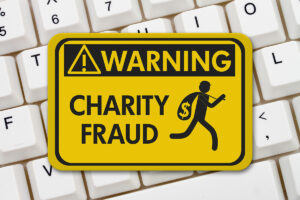Fall Prevention a Key Item on Safety Checklist

Residential and commercial construction are a big piece of the economic puzzle in Florida. The U.S. Occupational Safety and Health Administration has a wide range of tips and tools employers and employees can use to create a safe workplace environment.
According to OSHA, falls are the leading cause of death in construction, and the agency has made fall prevention a key piece of its workplace safety efforts.
Since 2012, OSHA has partnered with the National Institute for Occupational Safety and Health and National Occupational Research Agenda (NORA) – Construction Sector on the Fall Prevention Campaign to raise awareness among workers and employers about common fall hazards in construction, and how falls from ladders, scaffolds and roofs can be prevented, according to the OSHA website.
“When working from heights, employers must plan projects to ensure that the job is done safely,” according to the Fall Prevention Campaign materials. “Begin by deciding how the job will be done, what tasks will be involved and what safety equipment may be needed to complete each task”
OSHA said safety plans should also include the cost of safety equipment and making sure all necessary equipment is available at the construction site when estimating the cost of a job.
“For example, in a roofing job, think about all of the different fall hazards, such as holes or skylights and leading edges, then plan and select fall protection suitable to that work, such as personal fall arrest systems,” the OSHA materials said. “Workers who are six feet or more above lower levels are at risk for serious injury or death if they should fall. To protect these workers, employers must provide fall protection and the right equipment for the job, including the right kinds of ladders, scaffolds and safety gear.”
Training workers on the use of safety equipment is another necessary item on the workplace safety checklist, according to OSHA.
“Every worker should be trained on proper set-up and safe use of equipment they use on the job,” the agency said. “Employers must train workers in recognizing hazards on the job.”
SOURCE: U.S. Occupational Safety and Health Administration








